In this blog, we are going to talk about Codable Containers. Containers provide a hierarchal parsing mechanism for Encoder and Decoder Protocol. We will discuss this topic later in the blog but first, let’s take a quick look at Codable Protocol.
Codable
Codable is used for the conversion between Swift Data Types and an external representation like JSON, XML, etc. It was introduced with Swift 4.0. Codable is a type alias for the Encodable and Decodable protocols.
When a type conforms to a Codable Protocol then all its properties must conform to Codable Protocol. Let’s see the available types which conform to Codable Protocols.
BuildIn Codable Types
- Swift Basic Types:
Bool, Int, Int(N), UInt(N), Float, Double, String, Raw Representable (enum), Optional, Array, Set, Dictionary
For Container Types i.e Array, Set & Dictionary if the type they contain confirms to Codable Protocol then they also conform to Codable Protocol.
- Foundation / Core Graphics Types:
AffineTransform, Calendar, CharacterSet, Data, Date, Decimal, IndexPath, IndexSet, NSRange, URL, UUID, CGFloat, CGSize, CGRect, etc
Benefits of Codable
- Allows Data Transfer in & out of your application
- Commuicating with a RESTAPI via JSON
- Reading from and Writing to a Database
- Importing & Exporting Data from file, etc
Example
Let’s see an example of how Codable Works.
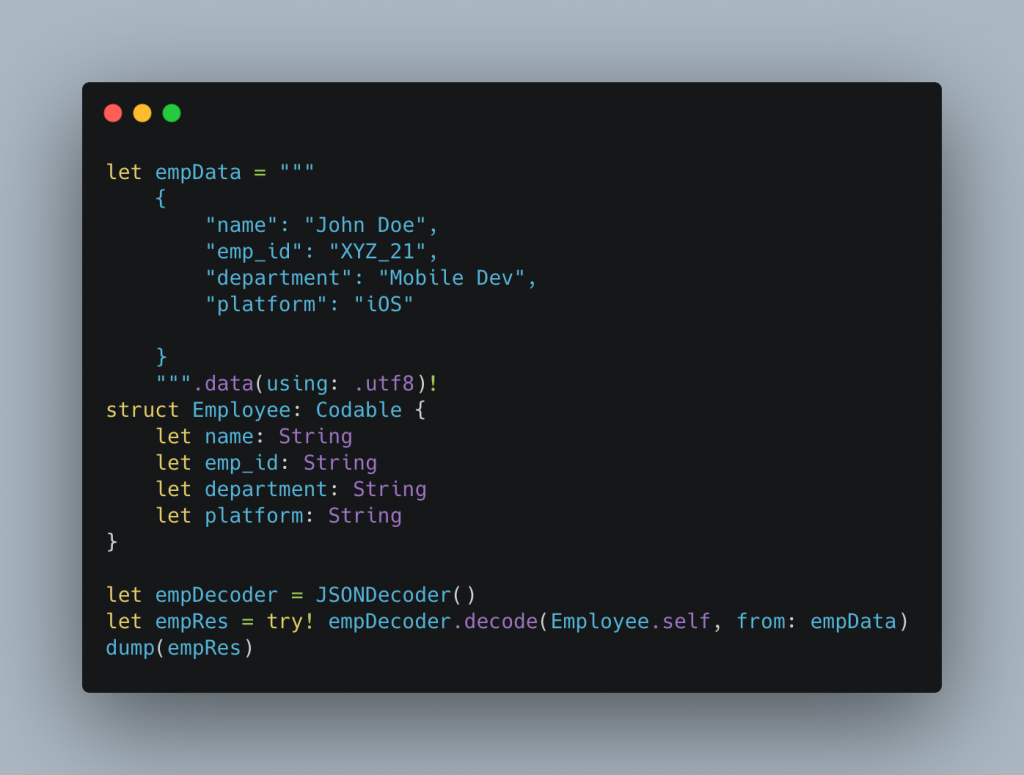
In the above example, as you can see we have created a dummy Employee JSON data and then we are prasing that JSON response and storing it in our Employee model. For using Codable protocol we make our model conforms to Codable protocol and then we are able to decode JSON data using JOSNDecoder and then we print the response using dump method.
When we make our model conform to Codable the protocol then swift compiler-generated some code at compile time due to which JSONDecoder was able to parse the JSON response to our model. Let’s see what code the Swift Compiler generates and discuss it in detail.

As you can see in the above code Swift Compiler generated 3 things for our Employee struct. let talk about these 3 in detail one by one.
First is a private enum called CodingKeys which raw representation is a String and its conform to CodingKey protocol. This enum is used to provides a list of keys which is used for encoding and decoding. You can also rename your key using this enum. Below is an example of this.

Second is init(from:) throws use to encode external representation into swift data types. It uses CodingKeys to find and map value to its respective properties in struct.
Last is encode(to: ) throws use to convert the struct data in Data type.

Swtiching Formats
We can also convert the format of camel case to snake case using the below-mentioned properties.
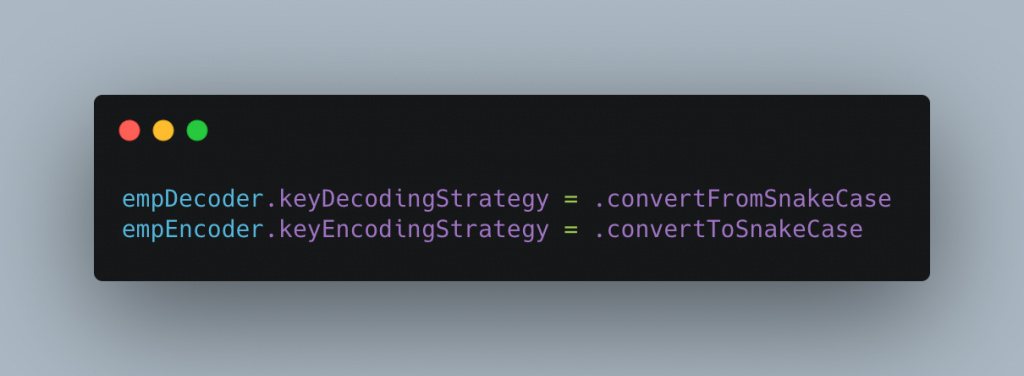
Now let’s come to the main topic i.e Codable Containers. Have you notice in both init(from:) throws and encode(to: ) throws function the first thing which we are doing is creating a container. Why did we create a container? Let’s talk about them.
Codable Containers
As I have told earlier, “Containers provide a hierarchal parsing mechanism for Encoder and Decoder Protocol”. They do this by providing 3 different types of Coding Containers.
- Keyed(De|En)codableContainerProtocol
This is used to parse Dictionary Representation
- UnKeyed(De|En)codableContainerProtocol
This is used to parse Array Representation
- SingleValue(De|En)codableContainerProtocol
This is used to parse a Single Primitive value
In addition, swift uses these 3 types of containers to store the Codable data. And the encoding containers supports 3 types of values i.e
- nil
- Primitive
- Encodable Type
Let’s see a graphical representation of how the values are stored in the coding container.
When we encode this JSON then the manner in which the containers are going to be used is represented using the below-mentioned diagram.

Customizating Codable
Now we will look at how can we customize Codable. We can customize the codable by modifying it in 3 ways.
- CodingKeys
init(from: Decoder)encode(to: )
Let’s look few examples for this.
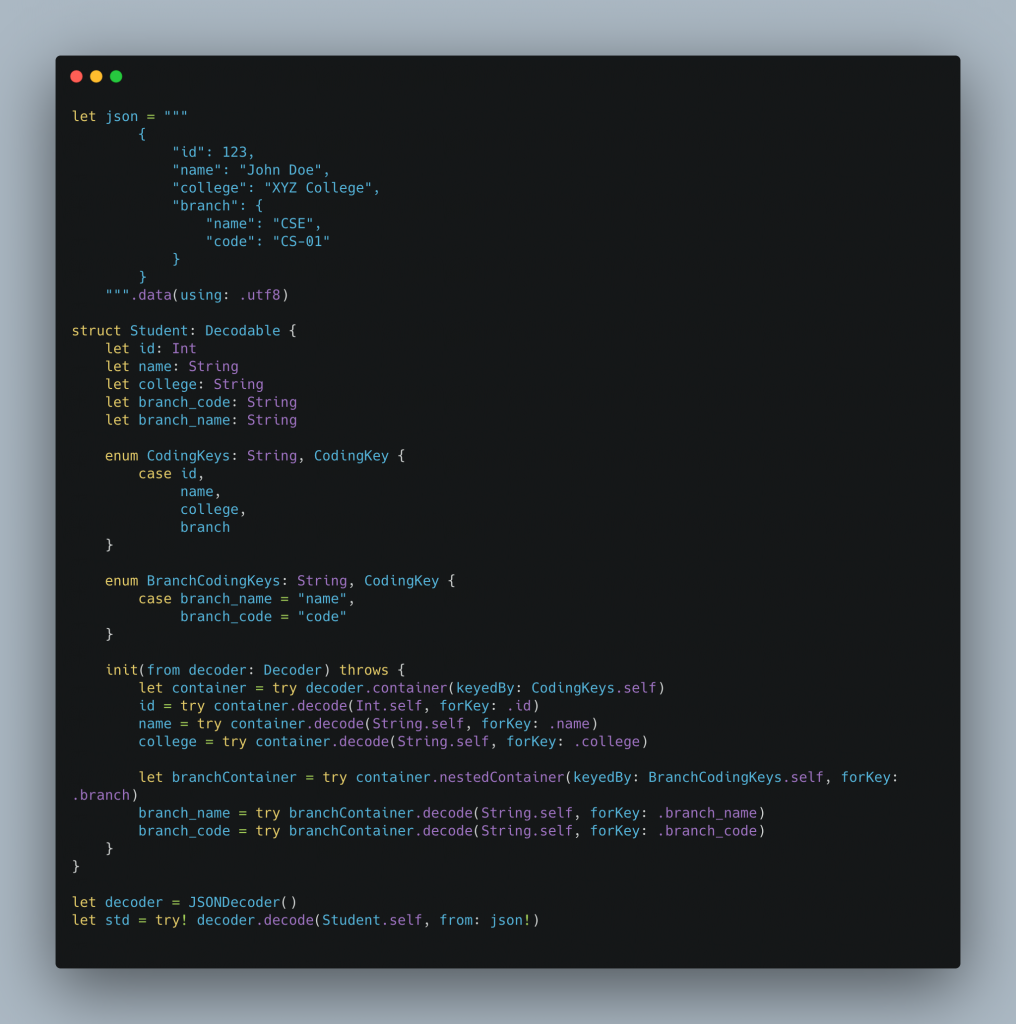
In the above example, we use nestedContainer. In other words, we flatten the Nested JSON.
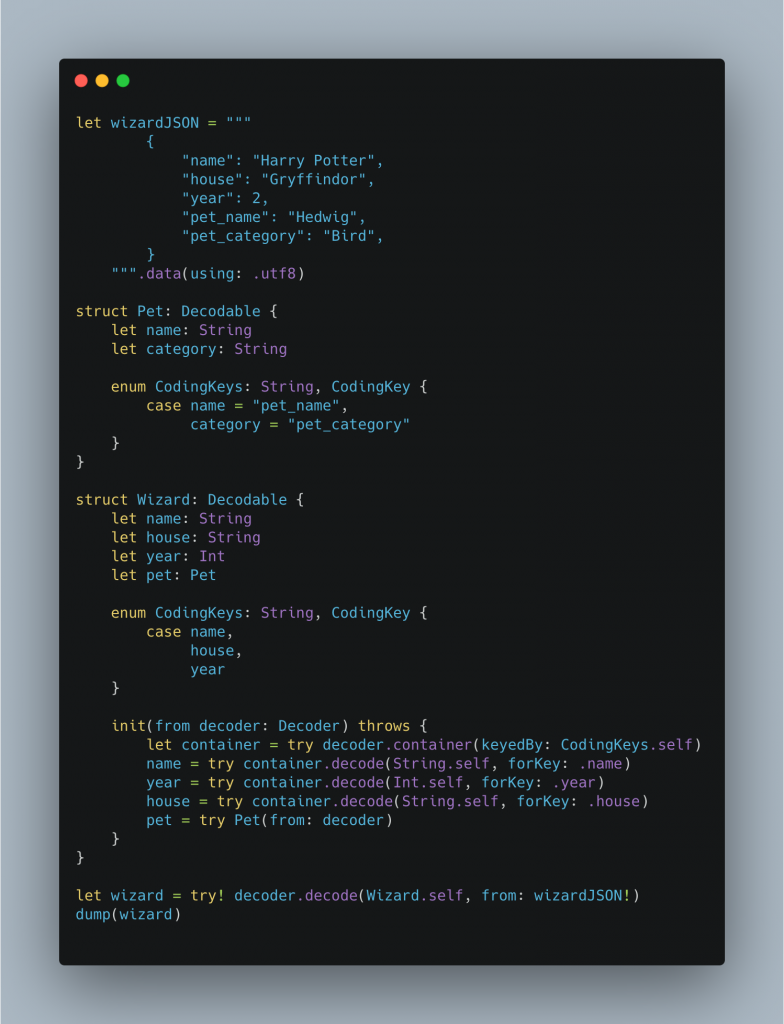
In the above example, we have Nested the flatten JSON. In other words, we have done reverse of the last example.
Thank you for reading this article. If you want to read more articles regarding iOS Development click here. And if you want to know more about Codable Containers then click here.
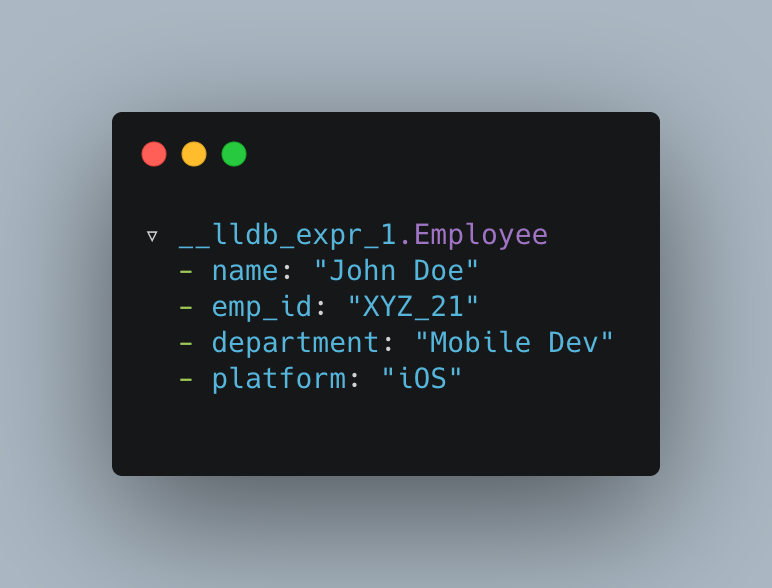
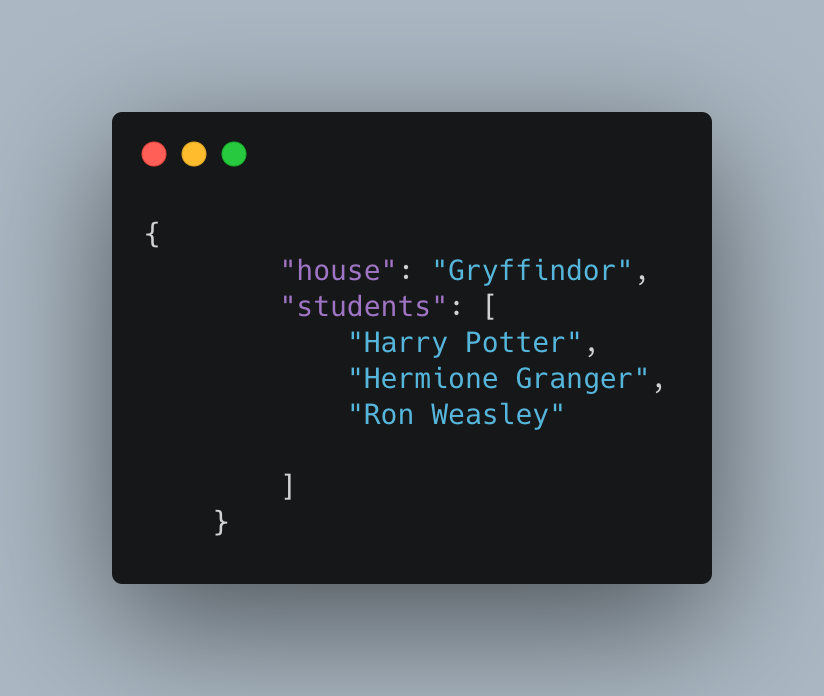

Be the first to comment.